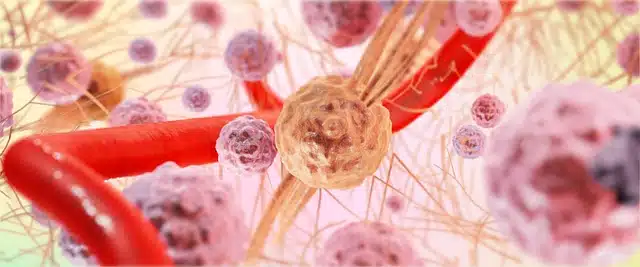
The organism that has more than one cell is classified as multicellular.
The adjective multicellular applies to living beings that have more than one cell in their organism. This allows us to differentiate between multicellular beings (also known as multicellular) and unicellular beings, which only have one cell.
In multicellular organisms, therefore, there are different cells that reproduce through meiosis or mitosis and that develop different functions. Human beings , animals and plants are examples of this class of organisms. On the other hand, among unicellular organisms, bacteria and amoebas can be mentioned.
Organization of cells in a multicellular organism
The cells that make up a single-celled organism are well differentiated and do not have the ability to live independently, but rather need each other . Those that perform the same function and that share their embryonic origin are grouped to form tissues; Let's look at the different types of fabrics and their respective functions:
* epithelial : covers certain surfaces and constitutes glands that are responsible for secreting substances;
* conjunctive : serves to bind the internal organs together;
* cartilaginous : has the objective of structuring certain parts of the body;
* adipose : constitutes energy reserves;
* bone : forms the structures of the skeleton;
* muscular : it has the function of contracting and extending;
* nervous : captures the various stimuli to which the multicellular organism is exposed and emits responses;
* blood : serves to transport O2, CO2 and food.

The human being is multicellular.
Fabric characteristics
It should be noted that not all multicellular organisms have tissues; In the case of fungi and algae, for example, each of their cells is capable of carrying out all its functions, unlike what happens in humans, which present the tissue classification just described. Fungi and algae, in other words, do not have a tissue structure but rather a thallus .
On the other hand, some tissues cannot function on their own, but rather need to group with others to form organs ; This occurs in beings of greater complexity.
Origins of multicellular beings
There is no single theory that explains the origin of multicellular beings. Scientists mention a possible symbiosis developed between a large number of single-celled beings of the same species, which led to the appearance of multicellular organisms. The symbiosis could also have been generated by different unicellular species that finally gave rise to a multicellular organism. A third theory, however, speaks of unicellular beings but with several nuclei, from which partitions arose in their internal membranes.
From the evolution of multicellularity , the most diverse organisms were created. Today we can find in the group of multicellular beings fungi , vegetables, fish, insects and mammals, to name a few possibilities, which reveals the breadth of the concept.
Advantages of this structure
Compared to the unicellular structure, the multicellular structure carries a certain number of advantages that depend on the environment:
* protection from predators;
* in cases of nutrient shortage, it is possible to store a greater amount of reserves;
* more opportunities to feed;
* protection of an internal area thanks to an external cellular layer;
* more opportunities for metabolic pathways (also called pathways , are a series of chemical reactions that generate products from one or more initial substrates);
* greater mobility to disperse or search for food;
* You can divide work and specialize in different functions.
Multicellularity, in short, implies a much greater evolutionary development compared to unicellular organisms, since the differentiation of cells provides specialized functionalities. The different cells, on the other hand, are grouped into tissues that, in turn, give rise to organs .
